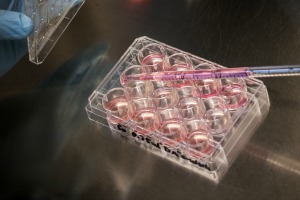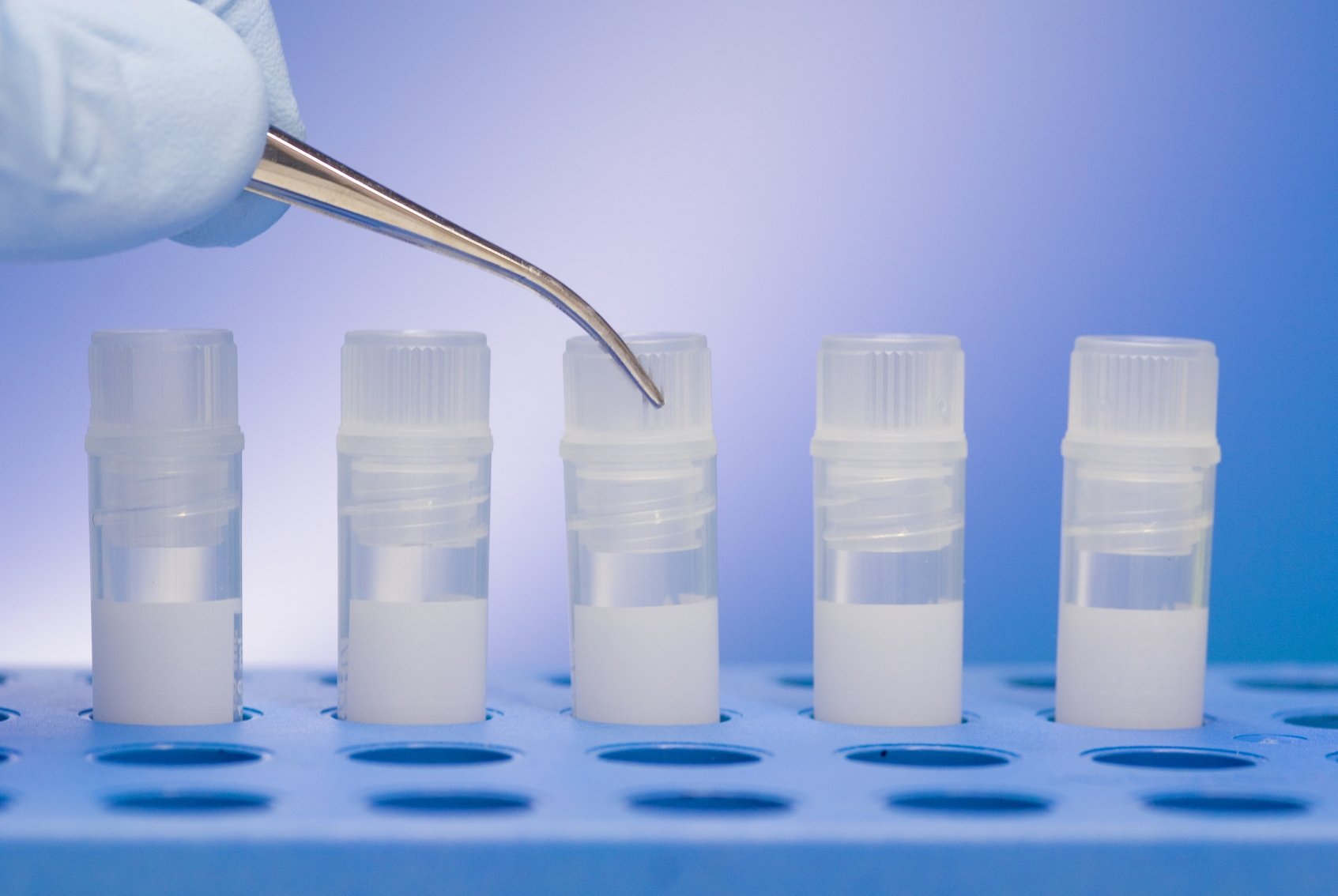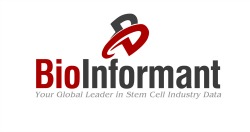As a provider of stem cell products and technologies, you need to make effective product development decisions, generate improved revenues, and take market share from your competition. To do this, you need to be educated about prevailing market conditions. This involves knowing which stem cell types are showing the most promise and understanding methods through which they could be commercialized.
Stem cells are still a relatively new discovery, as the first stem cells were discovered in human cord blood in 1978, the first mouse embryonic stem cells were derived in 1981, and it was not until 2006 that induced pluripotent stem cells (iPSCs) were produced for the first time.










